When it comes to their latest flagships, smartphone brands are never short of ads and announcements that brag about sales numbers or how fast the units sold out. But they seldom speak about the older flagship which is still selling in the market. This could be because of two reasons: one, the device was a massive failure or two, it is still is a very successful model that is raking in the real numbers.
Customers, especially in a market like India, prefer the older flagships because of its relatively low price for the specs it offers. If you really study the market, the new mid-range phones now are the flagships of past years. But many believe it’s better to buy an older flagship than a new mid-range as it gives a better perception. Also, the fact is that prices of many flagship phones start falling within weeks of their release.

How much cheaper are old generation flagships?
Last year’s Samsung Galaxy S8 Plus which started retailing at Rs 64,990 can now be bought for less than Rs 45,000. The Samsung Galaxy S9 Plus, in comparison, costs Rs 59,800 for the entry-level variant. Similarly, Nokia 8, which used to cost Rs 36,999, now retails for less than Rs 27,000.
 Samsung Galaxy S8 Plus which started retailing at Rs 64,990 can now be bought for less than Rs 45,000.
Samsung Galaxy S8 Plus which started retailing at Rs 64,990 can now be bought for less than Rs 45,000.
“From the perspective of a consumer, there are various considerations that define their choice of buying a new smartphone,” says Prabhu Ram, an analyst with CyberMedia Research (CMR). “It could simply boil down to economics, especially the budget available, as well as their user persona, and aspirations. For instance, for some users, the latest flagship is not affordable, or its latest features may not make much of a difference, and they are happy with a compromise”.
Also read: Samsung Galaxy Note 9 review: It’s all about the S Pen
Demand for Apple’s old flagships still strong in India
In India, Apple’s old generation iPhones remain a popular choice among consumers. Even though iPhones have remained beyond budget for most Indians, the company still manages to sell its old models in large numbers. Data provided to indianexpress.com by CyberMedia Research (CMR) reveals that Apple sold 1,30,916 units of iPhone 6, 89,438 units of iPhone SE, and 82,280 units of iPhone 6s in India in the second quarter of 2018. This figure is huge, given Apple’s tiny market share in India. And we have not even looked at the iPhone 7 series.
The obvious reason to get the iPhone 6 or SE is that most of India can’t afford the iPhone X or the iPhone 8 series for that matter. The iPhone 6 32GB costs Rs 23,696, iPhone SE 32GB retails for Rs 20,419, and iPhone 6s Plus is priced at Rs 36,625. In contrast, the base variant of the iPhone X priced at Rs 92,430 in India, while the base model of the iPhone 8 costs Rs 62,999.
Story continues below this ad
 Even though iPhones have remained beyond budget for most Indians, the company still manages to sell its old models in large numbers. (Source: CMR Mobile Handset Review)
Even though iPhones have remained beyond budget for most Indians, the company still manages to sell its old models in large numbers. (Source: CMR Mobile Handset Review)
“The iPhone has very high brand value, and is considered as a status symbol. For such people, who look for both aspirations and yet seek affordability, buying an old generation Apple flagship will satisfy their needs and aspirations,” says Prabhu.
With Android, however, this isn’t the case. Prabhu says the brand loyalty starts to weaken when consumers buy an old generation smartphone from Android manufacturers. With any other brand, he says, either the production runs are limited or the customers are spoilt for choice with several phone launches vying for their attention with a new flagship launch every month.
Also read: OnePlus 6 review: A no-nonsense flagship
Old generation flagships offer aspirational value with low specs
If you are concerned about price, you will probably never buy an Apple iPhone X or Samsung Galaxy Note 9 or Oppo Find X. All three phones offer the top-of-the-line specifications and features that old generation flagships will never match. The iPhone X, for instance, not only has a unique design but also comes with an advanced FaceID feature that you won’t get on old generation iPhone. While the iPhone X retails for nearly twice the price of the original iPhone 6, consumers are willing the foot the bill.
 The iPhone X offers an advanced FaceID feature that you won’t get on old generation iPhone.
The iPhone X offers an advanced FaceID feature that you won’t get on old generation iPhone.
Prabhu believes old generation flagship devices are worth it, when affordability is the key consideration. “Opting for an old generation flagship, means losing out potentially on the latest features and specs that a new flagship promises.”
Story continues below this ad
“They are also worth it, if one were just buying it for their aspiration, and are not bothered about the latest features, or specs,” he adds.
Also read: Xiaomi Redmi Note 5 Pro review: Faster performance coupled with better cameras
Smartphone innovation hits a wall
The innovation in the smartphone industry has slowed down and it’s apparently becoming more of a challenge for the brands. Sure, smartphones have got better specs, the camera is great, and the screen size has been stretched further, but these are all natural progressions in the product timeline. In the end, there are even fewer reasons to upgrade for users. This could be why people are either holding onto their smartphones for longer periods of time or getting an old generation smartphone.
Upgrading to the fastest smartphone isn’t smart anymore
For most people, the fastest and greatest don’t matter. If you aren’t a power user, or are happy buying a phone with slightly less exciting features, it does make a lot of sense to buy an older model. Sure, some of the latest flagship phones now come with a nearby bezel-less screen or the camera supports super slow motion videos. None of those are real reasons to upgrade a phone though, at least not unless you’re a geek. In fact, many of these upgrades are incremental and one can live without these features.
Story continues below this ad
 Vivo Nex comes with an in-display fingerprint scanner and a pop-up selfie camera.
Vivo Nex comes with an in-display fingerprint scanner and a pop-up selfie camera.
Consider the Vivo Nex. The smartphone may have been hyped for an in-display fingerprint scanner or a pop-up selfie camera. But in reality, does the average user care about these features? At Rs 35,990, Vivo X21 can possibly do everything the Vivo NEX which retails for Rs 44,990, except for a pop-up camera and a slightly powerful processor. While there is no doubt that the iPhone 8 Plus is a better phone than the iPhone 7 Plus, the latter will cost you Rs 10,500 less, but doesn’t come with a faster processor and wireless charging.
Here’s the logic, though. Xiaomi’s Mi Mix 2, released a year back, is still a great phone. Yes, you could upgrade to a newer generation device. But why upgrade? The Mi Mix 2 has a solid design, a bezel-less screen, a Snapdragon 835 processor inside, 6GB RAM, and 128GB of internal storage. At Rs 24,999, the phone is a solid buy for anyone.
 Xiaomi’s Mi Mix 2, released a year back, is still a great phone.
Xiaomi’s Mi Mix 2, released a year back, is still a great phone.
“Buying or not buying a flagship smartphone is an entirely subjective question, depending on the aspirations and budgets that a consumer has. There are several flagships, at various price bands, that offer comparable experiences for the user, whether it be in terms of specs or functionalities,” Prabhu reasons.
Prabhu adds that If one had limited expectations and use of their smartphone, or if the budget were the key consideration, they could avoid investing in a flagship, and instead opt for a regular smartphone. “Choices are many for the consumer”.

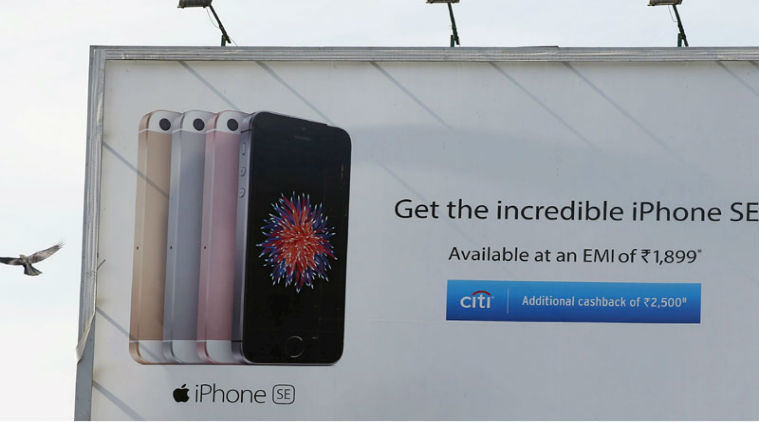 Many consumers in India believe it’s better to buy an older flagship than a new mid-range as it gives a better perception. (Image credit: Reuters)
Many consumers in India believe it’s better to buy an older flagship than a new mid-range as it gives a better perception. (Image credit: Reuters)
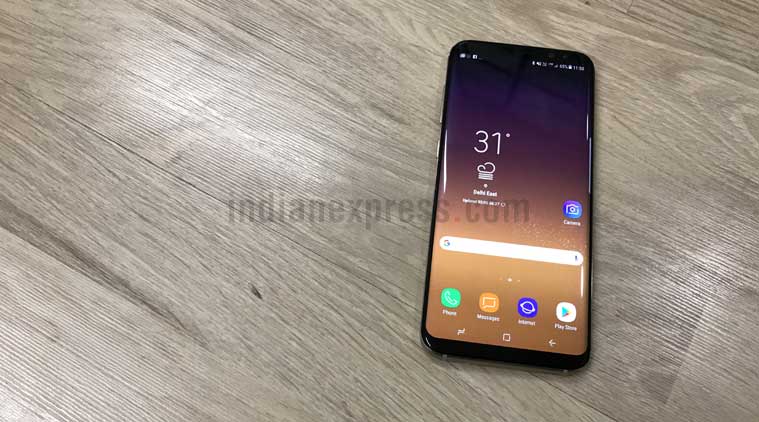 Samsung Galaxy S8 Plus which started retailing at Rs 64,990 can now be bought for less than Rs 45,000.
Samsung Galaxy S8 Plus which started retailing at Rs 64,990 can now be bought for less than Rs 45,000.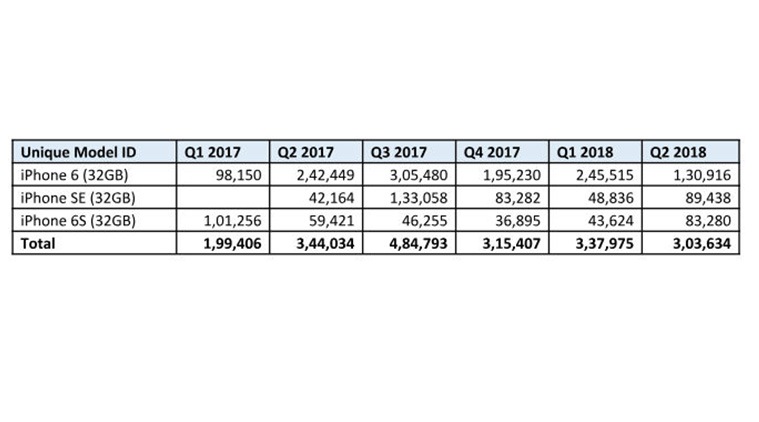 Even though iPhones have remained beyond budget for most Indians, the company still manages to sell its old models in large numbers. (Source: CMR Mobile Handset Review)
Even though iPhones have remained beyond budget for most Indians, the company still manages to sell its old models in large numbers. (Source: CMR Mobile Handset Review)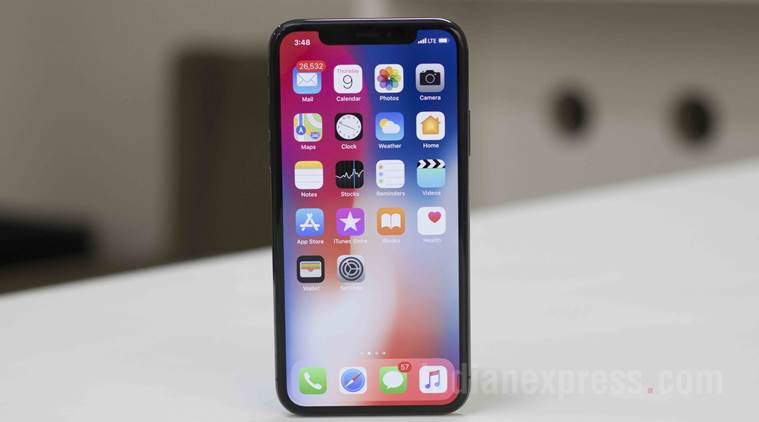 The iPhone X offers an advanced FaceID feature that you won’t get on old generation iPhone.
The iPhone X offers an advanced FaceID feature that you won’t get on old generation iPhone.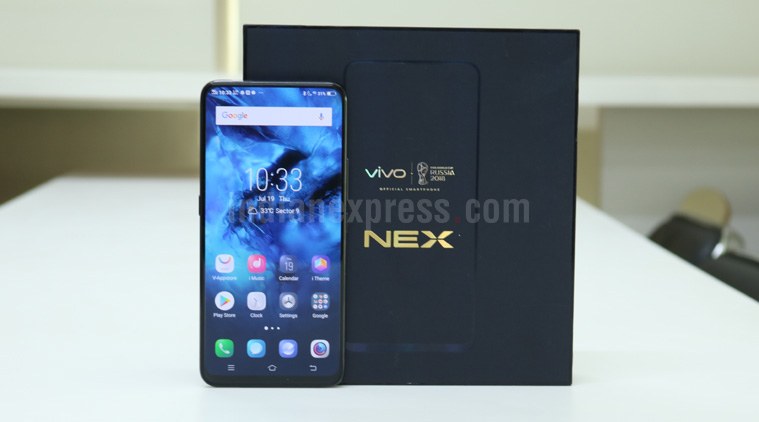 Vivo Nex comes with an in-display fingerprint scanner and a pop-up selfie camera.
Vivo Nex comes with an in-display fingerprint scanner and a pop-up selfie camera. Xiaomi’s Mi Mix 2, released a year back, is still a great phone.
Xiaomi’s Mi Mix 2, released a year back, is still a great phone.





